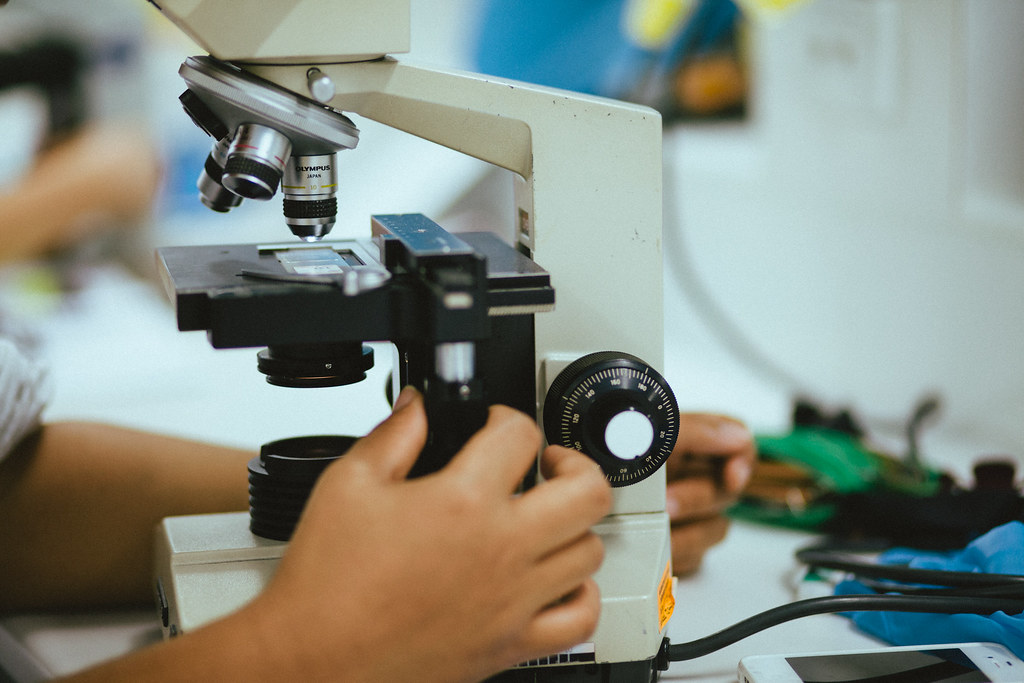Dr. Curt Richter’s experiments on animal behavior provided a compelling exploration of hope and perseverance in the face of adversity. By observing how long rats would struggle to survive in seemingly hopeless conditions, Richter illuminated the psychological mechanisms underpinning resilience. His findings, while controversial by contemporary ethical standards, reveal the complex interplay between past experiences and emotional responses that inform an organism’s will to survive. This research not only evokes sympathy for the subjects involved but also deepens our understanding of the intrinsic drive to overcome challenges, offering profound insights into human behavior.
Domesticated rats and wild rats had distinctive experimental results.
The initial experiments conducted by Dr. Richter involved placing domesticated rats into buckets filled with water to observe their swimming endurance. The first set of twelve rats swam for varying lengths of time, with three of them succumbing to drowning after a mere two minutes. These rats exhibited panic as they realized the inescapable nature of their predicament. In stark contrast, the remaining nine rats demonstrated an astonishing capacity for endurance, remaining afloat for 40 to 60 hours before ultimately succumbing to exhaustion. Their survival instinct was evidently fueled by a combination of hope and prior experiences where they had been rescued from perilous situations.
Richter’s experiments took an even more intriguing turn when he tested wild rats in a similar setting. Contrary to expectations, none of the 34 wild rats managed to survive beyond a few minutes. Despite their superior swimming abilities and physical fitness, these rats displayed a striking lack of motivation to fight for their lives. The sudden immersion into an environment where they felt trapped seemed to result in a state of despair, leading them to give up with little effort.
This striking disparity between domesticated and wild rats prompted Dr. Richter to reflect on the role that hope plays in survival. He observed that the domesticated rats, which had previously experienced human intervention in the form of feeding and care, seemed to possess an inherent expectation of rescue. In contrast, the wild rats had no such beliefs, as their experiences had taught them to rely solely on their instincts and abilities. They had no prior exposure to the idea that an external force might come to their aid. This lack of hope translated into a swift acceptance of their fate, rendering them passive in the face of danger.

The second experiment introduced a tactile element of support.
To further explore the concept of hope, Richter conducted a second series of experiments. In these trials, he introduced a tactile element of support by rescuing the rats just before they seemed to give up. After providing them a brief respite to recover, he returned them to the water. The results were remarkable. The previously rescued rats swam for an astonishing 60 to 80 hours, significantly surpassing their first attempts. This indicated a profound psychological shift—the rats had learned that their situation was not entirely hopeless; they had experienced a lifeline, if only for a moment. The hope of potential rescue transformed their approach to survival, fueling their desire to keep swimming against the odds.
These experiments, while ethically questionable, reveal invaluable insights into the psychology of hope and perseverance. The domesticated rats’ ability to swim for extended periods was not merely a reflection of their physical capabilities but rather an expression of their belief in a better outcome based on prior experiences. This notion of hope is not confined to the realm of rodent behavior; it resonates deeply within human experience as well.
Humans can learn a lot from his experiments.
In the landscape of human existence, the implications of Dr. Richter’s findings are profound. Hope serves as a crucial motivator, influencing individuals’ willingness to face adversity and strive for survival. When people believe there is a chance for improvement or rescue, they are more likely to exhibit resilience and determination, pushing themselves beyond perceived limits. Conversely, when hope is extinguished, the spirit can quickly diminish, leading to a sense of hopelessness and despair, which can be detrimental to both mental and physical well-being.
In the context of workplace dynamics and personal challenges, these findings highlight the importance of fostering a sense of hope and support within communities. Leaders and team members must recognize the power of belief in driving performance and perseverance. Providing encouragement, resources, and a vision for a better future can empower individuals to confront obstacles and keep fighting for their goals, even in the face of adversity. As Dr. Richter succinctly put it, “the sudden death phenomenon depends largely on emotional reactions to restraint or immersion.” This observation speaks volumes about the need for emotional support and the cultivation of hope in various aspects of life.
While the experimental methods employed by Dr. Richter may be seen as harsh by contemporary standards, the underlying lessons about hope and perseverance are invaluable. Just as the domesticated rats responded to prior experiences of rescue with an enhanced will to survive, humans too can draw strength from their beliefs and experiences. The psychological mechanisms that underpin these behaviors are complex, yet the profound impact of hope stands out as a pivotal factor that can inspire individuals to go beyond their perceived limitations and strive for a brighter future. In a world filled with challenges and uncertainties, the tale of the drowning rats encapsulates the essence of resilience and the enduring power of hope, reminding us all that even in the darkest moments, a flicker of hope can ignite a fierce struggle for survival. As we navigate our own challenges, let us not forget the lessons of these remarkable experiments and the incredible capacity of hope to propel us toward triumph.
The concept of hope, so prominently underscored in Dr. Curt Richter’s experiments with drowning rats, extends far beyond the scope of animal behavior and enters the complex realm of human psychology and societal dynamics. As we delve deeper into the implications of these findings, it becomes increasingly evident that the power of hope not only influences individual resilience but also shapes our collective responses to adversity. The interplay between hope, survival, and perseverance can provide important insights into how humans navigate challenges in various aspects of life, including health, workplace environments, and even broader societal issues.
Hope can make a significant impact on animals.
Firstly, let’s consider the psychological underpinnings of hope. In the context of human behavior, hope has been considered to be a critical psychological resource that enhances motivation and emotional resilience. People who harbor hope are more likely to engage in proactive behaviors, seek solutions, and persist in the face of challenges. This aligns strikingly with the behavior exhibited by the domesticated rats in Richter’s study. These rats, having previously had experiences of rescue, held onto a belief that help could arrive again, which empowered them to swim far beyond their initial limits, showcasing the transformative power of hope.
In human contexts, the absence of hope can lead to a phenomenon similar to that observed in the wild rats—individuals may surrender to despair and fail to fight for their survival or goals. In clinical psychology, this understanding has led to the development of therapeutic approaches that focus on fostering hopefulness in patients. Interventions designed to instill hope can lead to improved psychological outcomes, encouraging individuals to envision a better future and motivating them to take steps toward achieving it.
The implications of hope extend into physical health as well. Numerous studies have established a correlation between optimistic outlooks—often rooted in hope—and better health outcomes. For example, individuals who maintain hope in the face of illness tend to recover more effectively and exhibit lower levels of psychological distress. This can be attributed to the behaviors that hopeful individuals engage in, such as adhering to treatment plans, maintaining social connections, and practicing self-care—all actions that are less likely to occur when hope is absent.
In a workplace setting, the lessons drawn from the drowning rats experiment can be applied to employee motivation and performance. Organizations that foster a culture of hope encourage employees to take risks, innovate, and push through obstacles. When team members believe that their efforts can lead to positive changes or that support is available in tough situations, they are far more likely to exhibit perseverance, similar to the domesticated rats swimming for hours longer after experiencing a moment of rescue.

Conversely, in environments where hope is stifled—perhaps due to poor leadership, lack of resources, or insufficient communication—employees may feel trapped and disengaged, echoing the despairing behaviors of the wild rats. This highlights the critical role of management in cultivating an optimistic outlook among staff members, emphasizing the importance of recognition, encouragement, and a shared vision of success. By fostering a hopeful environment, leaders can inspire their teams to overcome obstacles and achieve their full potential.
Beyond individual and organizational dynamics, the societal implications of hope are profound. In times of crisis—be it during a pandemic, economic downturn, or natural disasters—hope emerges as a vital component for community resilience. Societies that successfully mobilize hope tend to rally together, find innovative solutions, and support one another through difficulties. Historical examples abound, from the civil rights movement to modern grassroots campaigns, where collective hope has driven significant societal change, demonstrating the power of hope to unite and inspire.
Nurturing hope within ourselves and our communities is a significant challenge. Much like domesticated rats that swim longer after a moment of respite, individuals can cultivate hope through establishing supportive networks, sharing resilience stories, and offering tangible assistance to those in need. These actions create a powerful ripple effect, transforming individual lives and fostering collective strength and perseverance within entire communities. By prioritizing hope, we can forge pathways to a brighter future for all.
Dr. Curt Richter’s experiments with drowning rats offer profound insights that extend beyond animal behavior, prompting a reflection on the nature of hope in our own lives. These findings illustrate that hope is not a passive emotion but an active catalyst for resilience, inspiring individuals to confront challenges and pursue better outcomes. As we navigate our personal struggles, we should recognize the invaluable role hope plays in guiding us through adversity. Ultimately, it serves as a beacon, illuminating the way forward and unveiling a future rich with potential and triumph, encouraging us to hold onto hope even in the darkest times.
Related posts:
Drowning Rats Psychology Experiment: Resilience and the Power of Hope
Wolfington: The power of hope
Do rats swim 240 times longer after being saved from drowning?





